L2 Structure and function of cells of the nervous system
1/79
There's no tags or description
Looks like no tags are added yet.
Name | Mastery | Learn | Test | Matching | Spaced |
|---|
No study sessions yet.
80 Terms
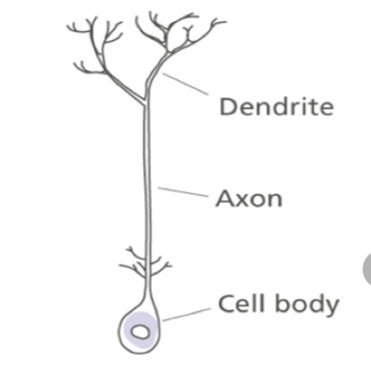
Name this structural neuron
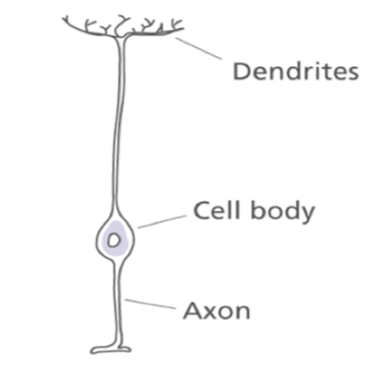
Name this structural neuron
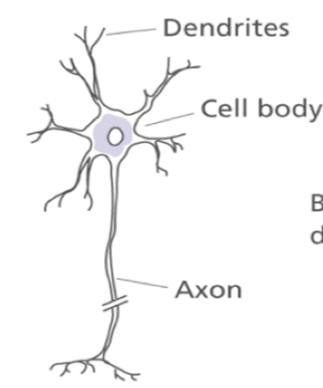
Name this structural neuron
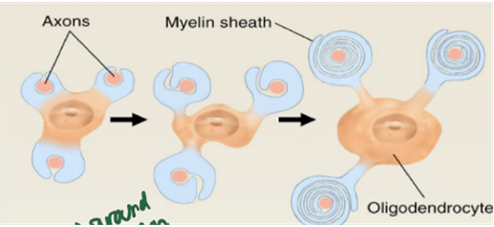
What are the 2 function of oligodendrocytes (and where)?
Support axons and produce the myelin sheath in the CNS
What are 2 functions of Schwann cells (hint: opposite to myelin sheath)?
wraps around the PNS axon and provides myelination in the PNS
What is the Area Postrema + function?
What is the sodium-potassium pump (which goes in/out)?
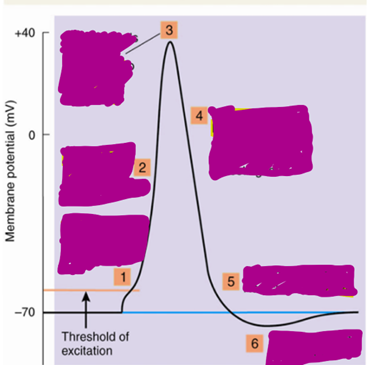
At which stage does depolarisation occur?
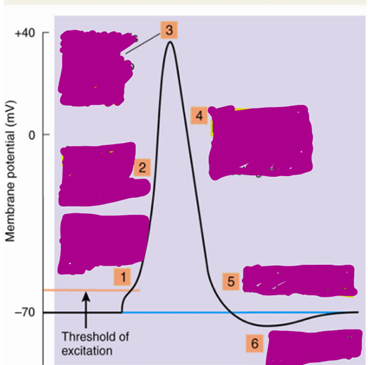
What happens at stage 1 after depolarisation starts and the threshold of excitation is reached
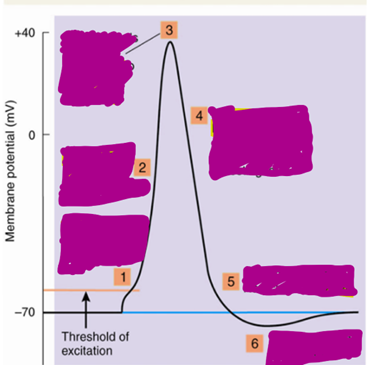
What occurs at stage 2
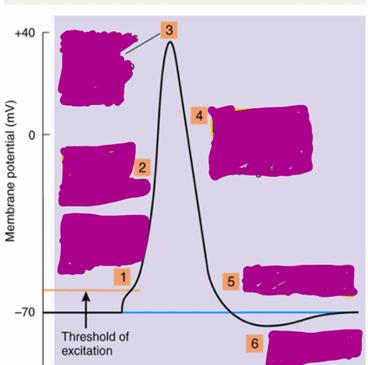
What occurs at stage 3
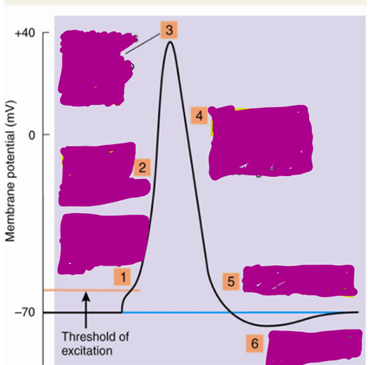
What happens after the peak of an action potential at stage 4?
K+ continues to exit the neuron, causes membrane potential to return to resting level

What happens when potassium exit the neuron
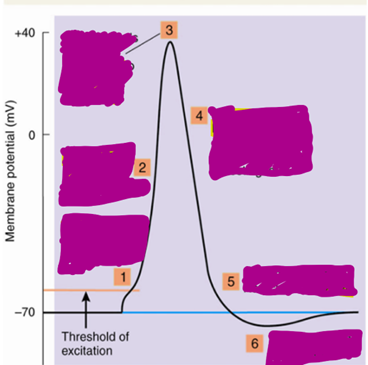
what stage do potassium channels close and sodium channels re-set
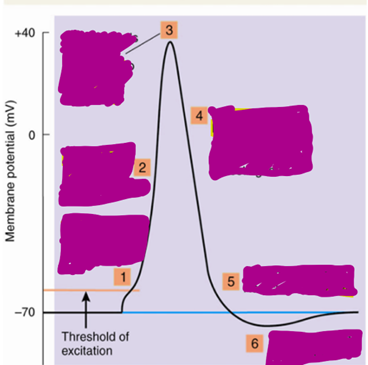
When extra K+ diffuses away, what happens to the membrane potential after stage 6
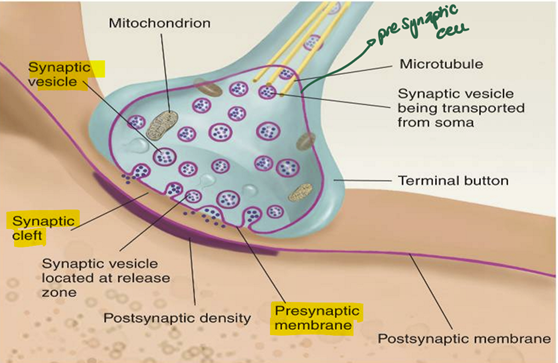
What is the pre-synaptic neuron
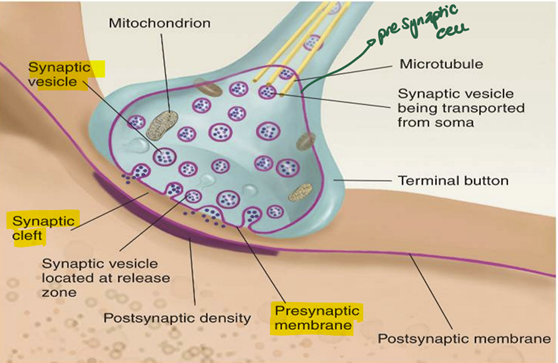
What is the post-synaptic neuron

6 steps in neurotransmission (arrival, release, bind, response, signal, new)
1. Impulse reaches the axon terminal of the presynaptic neuron
2. Neurotransmitters are released into the synaptic cleft
3. Neurotransmitters bind to receptors on the postsynaptic neuron
4. Causes either excitatory signals or inhibitory signals
5. Signals are terminated
6. A new action potential is generated if postsynaptic neuron reaches threshold
What major ion channels contribute to EPSPs?